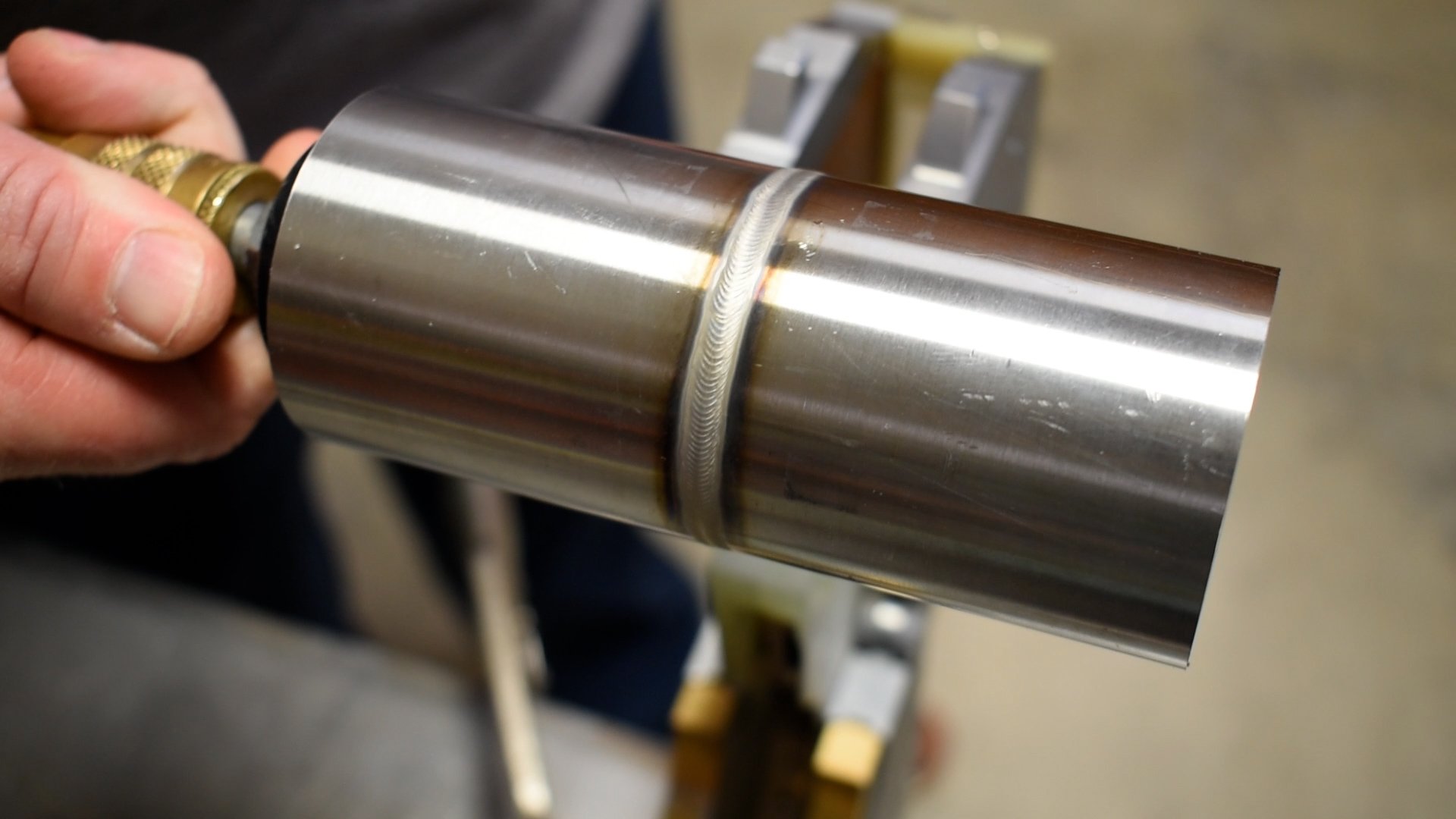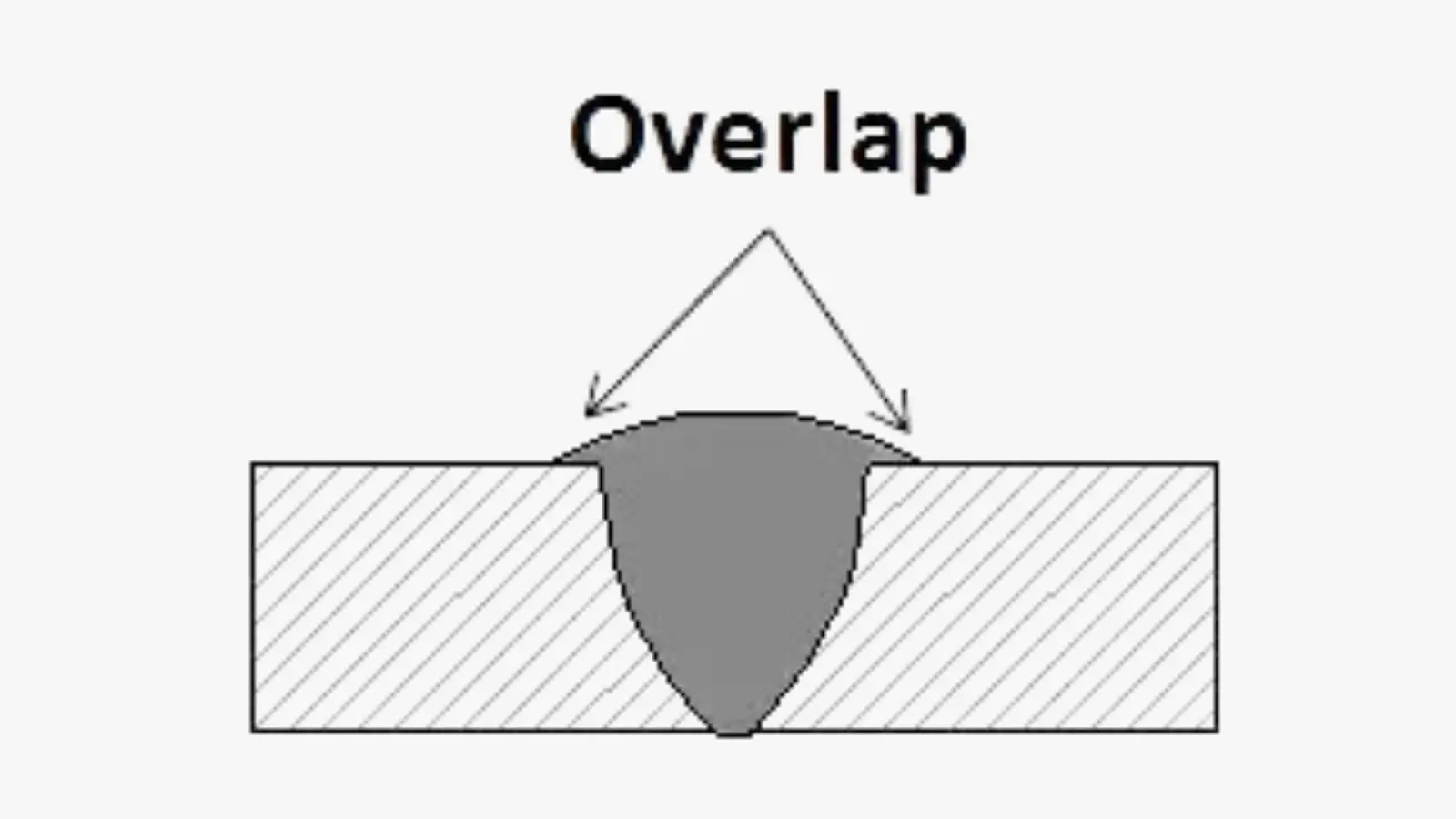Just How to Prevent Weld Undercut: Essential Tips for Welders
Wiki Article
Important Tips for Welders: Stopping Undercut Welding and Ensuring Stronger Weld Joints
In the world of welding, achieving strong and long lasting weld joints is the cornerstone of producing premium job. Nonetheless, one usual challenge that welders frequently experience is undercut welding, which can jeopardize the stability of the weld joint. By understanding the elements that contribute to undercutting and carrying out the right strategies and preventative measures, welders can effectively stop this concern and make certain the long life and toughness of their welds. Allow's check out some necessary ideas that can assist welders navigate this challenge and elevate the quality of their welding tasks.
Understanding Undercut Welding
Undercut welding is an usual welding problem that takes place when the weld metal falls short to correctly load the groove and leads to a groove-like clinical depression along the weld bead. This flaw weakens the weld joint, making it prone to cracking and failure under stress and anxiety. Undercutting can be triggered by various elements, consisting of excessive welding existing, high welding speed, incorrect electrode angle, wrong electrode size, and bad welding strategy.One of the primary factors for undercut welding is an inequality between the welding present and the welding rate. If the welding current is too expensive or the welding rate is too quick, the weld steel might not properly fill up the groove, bring about undercutting. Additionally, utilizing an electrode that is also huge can lead to a similar result, as the excess metal can not appropriately flow into the groove.
To avoid undercut welding, welders need to ensure they are using the correct welding specifications, maintain an appropriate electrode angle, pick the suitable electrode dimension, and method appropriate welding strategies. By addressing these elements, welders can reduce the risk of damaging and produce more powerful, more dependable weld joints.
Proper Welding Technique
Efficient welding technique plays an essential duty in guaranteeing the quality and honesty of weld joints. One essential aspect of correct welding method is maintaining the proper angle and range between the welding weapon and the workpiece.In addition, a constant and steady hand activity is necessary for creating solid and resilient weld joints. Welders should intend for smooth, uniform motions to ensure also distribution of the weld product. Proper control of the welding gun and filler product is additionally essential to attaining ideal infiltration and fusion.
In addition, regulating the warm input and selecting the ideal welding criteria based on the product being welded are critical consider achieving high-grade welds - Preventing weld undercut. Welders need to adhere to the advised setups provided by welding procedure specs and readjust them as needed based upon the certain demands of the project. By grasping proper welding methods, welders can substantially improve the strength and dependability of their weld joints
Selecting the Right Electrode
Preserving the proper angle and distance in between the welding weapon and the work surface is fundamental when thinking about the relevance of choosing the right electrode in welding applications. The option of electrode plays a crucial role in identifying the high quality and stamina of the weld joint. Electrodes are available in different kinds, each created for certain objectives and products.First of all, choosing the proper electrode diameter is vital. Thinner electrodes appropriate for welding slim materials, while thicker electrodes are better for thicker materials and greater warmth applications. Matching the electrode size to the density of the workpiece helps achieve a well balanced weld.
Second of all, recognizing the product structure of the electrode is vital. Various electrodes are created for welding certain materials like steel, stainless steel, aluminum, or cast iron. Using the correct electrode product makes certain great combination and reduces the risk of defects in the weld.
Last but not least, thinking about the welding placement and method is important when visit the website choosing the electrode type. Specific electrodes are much better fit for above or vertical welding positions, while others work well for level or straight settings. Choosing the ideal electrode based upon the welding strategy improves the total weld high quality and integrity.
Preparing the Base Metal
To guarantee an effective right here welding process, what first actions should be taken when preparing the base steel for welding? Effectively preparing the base steel is critical for attaining strong and sturdy weld joints. The primary step in preparing the base metal is to cleanse it thoroughly to eliminate any type of impurities such as rust, paint, dust, or oil. This can be done utilizing a cable chemical, brush, or grinder solvents. Furthermore, any type of existing weld material or residue from previous welding ought to be removed to ensure a tidy surface area for the brand-new weld.
Carrying Out Post-Weld Inspections

After conducting these evaluations, welders should compare the results against sector requirements and job demands to make sure that the weld joint fulfills all needed criteria. Any discrepancies or inadequacies discovered during the post-weld assessment needs to be quickly addressed via proper rehabilitative steps to ensure the weld's integrity. By diligently carrying out post-weld assessments and quickly addressing any problems, welders can maintain the top quality and dependability of their job, eventually adding to the safety and long life of the bonded frameworks.
Conclusion

Finally, protecting against undercut welding and making sure more powerful weld joints need a mix of correct welding method, selecting the right electrode, preparing the base metal correctly, and carrying out post-weld evaluations. By recognizing the sources of undercut welding and executing the required precautions, welders can create high-grade weld joints that meet industry criteria and ensure the architectural integrity of the welded parts.
Undercut welding is an usual welding defect that occurs when the weld steel stops working to appropriately fill the groove and results in a groove-like depression along the weld grain (Preventing weld undercut). Undercutting can be triggered by various variables, including extreme welding present, high welding rate, inappropriate electrode angle, incorrect electrode dimension, and poor welding strategy
One of the primary factors for undercut welding is a discrepancy in between the welding existing and the welding rate. If the welding current is too high or the welding rate is also quickly, the weld metal may not effectively fill up the groove, leading to undercutting.Preserving the proper angle and distance between the welding weapon and the workpiece is essential when taking into consideration the value of choosing the ideal electrode in welding applications.
Report this wiki page